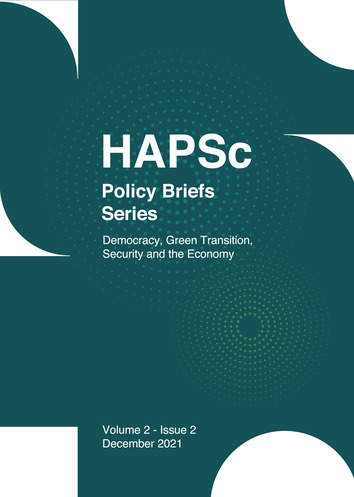Maternity Leave at EU Level and Its Impact on Gender (In)Equality
Аннотация
Discussions around the issue of maternity leave are timeless and although there has been a great improvement regarding the rights of working mothers, the total policy upgrade remains a challenge. This research focuses on the efforts that have been made at EU level in order for its member states to coordinate their maternity leave policies and establish favorable terms. Furthermore, the impact that maternity leave has on employment rates, gender equality, family roles and generally, on many aspects of people’s lives is highlighted. Last but not least, it should not be neglected that the mistreatment of working women affects the whole of society and not only pregnant women, thus for this reason, this situation should be dealt with through pioneering and revolutionary changes.
Article Details
- Как цитировать
-
Damaskou, M. (2021). Maternity Leave at EU Level and Its Impact on Gender (In)Equality. HAPSc Policy Briefs Series, 2(2), 250–259. https://doi.org/10.12681/hapscpbs.29512
- Раздел
- Articles

Это произведение доступно по лицензии Creative Commons «Attribution» («Атрибуция») 4.0 Всемирная.
Authors retain copyright and grant the journal right of first publication with the work simultaneously licensed under a Creative Commons Attribution License that allows others to share the work with an acknowledgement of the work's authorship and initial publication in this journal.


